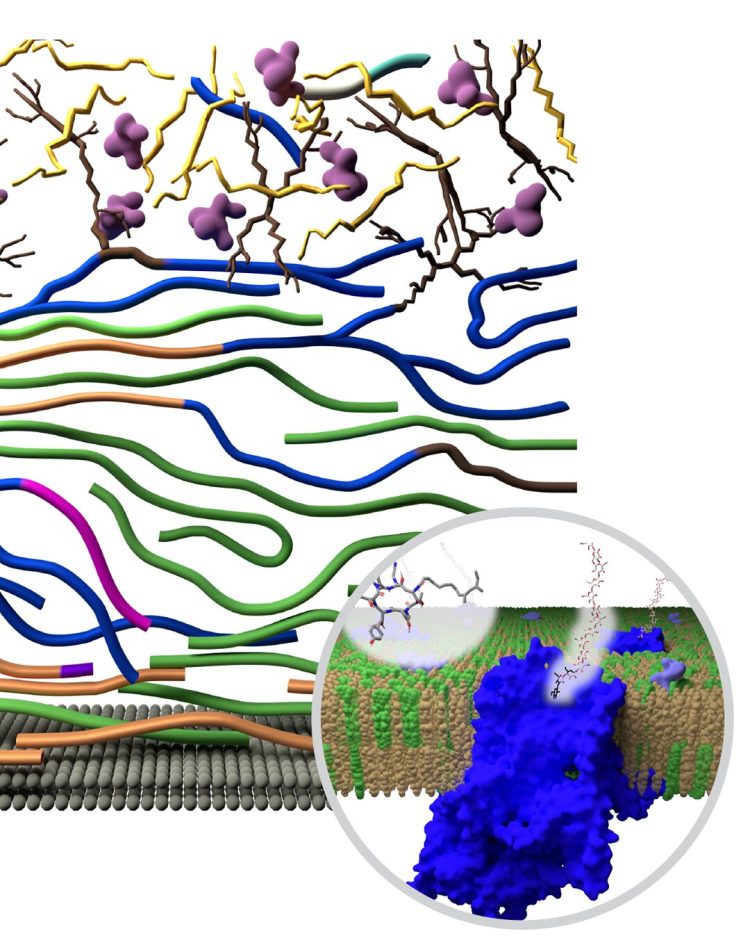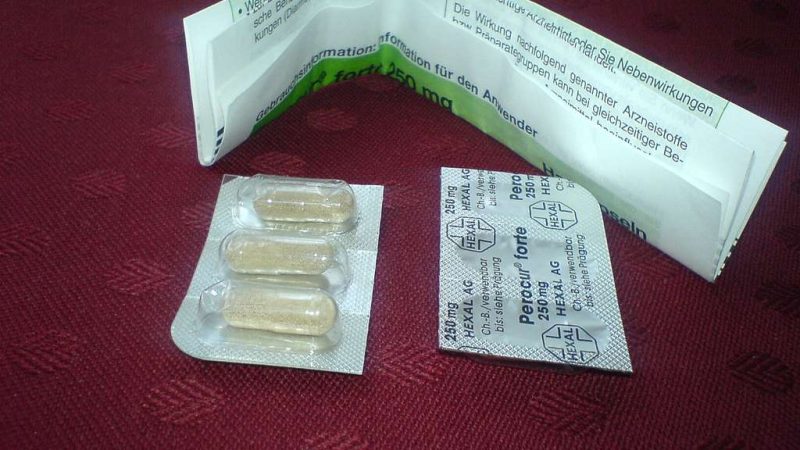Vancomycin ATI Medication Template: A Comprehensive Overview

1. Vancomycin: An Overview
Vancomycin is an antibiotic that works by inhibiting bacterial cell wall synthesis, leading to the eventual death of the bacteria. It is primarily used in hospital settings and for serious infections like bloodstream infections, pneumonia, and skin infections caused by resistant bacteria. Vancomycin is available in both intravenous (IV) and oral forms, although the oral form is typically reserved for treating Clostridioides difficile infections due to its poor absorption from the gastrointestinal tract.
- Mechanism of Action: Vancomycin interferes with the synthesis of bacterial cell walls, a vital structure for bacterial survival. It binds to a component of the cell wall, preventing its formation and causing bacterial lysis (breakdown).
- Indications: Vancomycin is often prescribed for:
- MRSA (Methicillin-resistant Staphylococcus aureus) infections
- Severe Clostridium difficile (C. diff) infection (oral form)
- Endocarditis
- Osteomyelitis
- Pneumonia
- Skin and soft tissue infections
2. ATI Medication Template: Overview and Structure
The ATI Medication Template is a standard tool used in nursing education to ensure a comprehensive understanding of medications. It helps students and professionals assess essential aspects of a medication, including the correct administration process, dosage, potential interactions, and adverse effects. For vancomycin, the ATI Medication Template provides a structured approach to understanding its use, helping nurses provide safe and effective care.
Table of Contents
ToggleSections of the ATI Medication Template for Vancomycin
- Medication Name:
- Generic Name: Vancomycin
- Brand Name: Vancocin
- Classification:
- Antibiotic (specifically a glycopeptide antibiotic)
- Antimicrobial
- Therapeutic Use:
- Vancomycin is used to treat serious infections caused by Gram-positive bacteria, especially MRSA, and C. difficile (when taken orally).
- Action:
- Inhibits cell wall synthesis in bacteria, leading to bacterial cell death.
- Effective against a broad range of Gram-positive organisms, including resistant strains like MRSA.
3. Dosage and Administration
The dosage of vancomycin depends on the type of infection being treated, the patient’s weight, renal function, and the route of administration. The following are the general guidelines:
IV Administration:
- Dosing: The typical dose for adults is 15-20 mg/kg of body weight per dose, administered every 8-12 hours.
- Infusion: Vancomycin must be infused slowly to reduce the risk of “Red Man Syndrome,” a histamine-related reaction. The recommended infusion time is over at least 60 minutes for doses above 500 mg.
- Monitoring: During IV administration, renal function should be monitored, and drug levels should be measured to avoid toxicity.
Oral Administration:
- Dosing: For C. difficile infections, the typical oral dose is 125 mg every 6 hours for 10-14 days.
- Absorption: Since vancomycin is poorly absorbed in the gastrointestinal tract, oral vancomycin remains effective in treating local infections like C. difficile colitis.
4. Nursing Considerations
The role of the nurse in administering vancomycin involves not just ensuring the medication is given correctly, but also monitoring the patient for potential adverse effects and complications. Several key nursing considerations must be observed when administering vancomycin.
Pre-administration Assessment:
- Patient History: Review the patient’s medical history, focusing on kidney function, hearing problems, and any history of allergic reactions to antibiotics.
- Renal Function: Since vancomycin is primarily excreted by the kidneys, assess renal function before initiating therapy, including blood urea nitrogen (BUN) and creatinine levels.
- Allergies: Confirm if the patient has a known allergy to vancomycin or any other antibiotics.
Administration Considerations:
- IV Route: Administer the drug slowly to prevent Red Man Syndrome. This reaction is characterized by flushing, rash, and hypotension, which can be mitigated by slowing the infusion.
- Monitor Infusion Site: Check the IV site frequently for signs of extravasation, which can cause tissue damage. If extravasation occurs, stop the infusion immediately.
- Oral Administration: Instruct patients to complete the full course of treatment for C. difficile infections to prevent recurrence.
Post-administration Assessment:
- Vital Signs: Monitor blood pressure, heart rate, and temperature during and after administration, especially for signs of Red Man Syndrome.
- Renal Function: Continue to assess renal function during treatment, particularly for patients with preexisting kidney conditions or those on high doses.
- Drug Levels: For IV administration, serum vancomycin levels should be monitored to ensure therapeutic levels are reached without reaching toxic levels. The goal is to maintain a trough level between 10-20 mcg/mL.
5. Adverse Reactions
While vancomycin is a crucial antibiotic in the treatment of severe infections, it can also cause a range of side effects. Nurses must be aware of these potential adverse reactions to intervene promptly and mitigate their impact on the patient.
Common Side Effects:
- Red Man Syndrome: This is a common reaction that results from too rapid an infusion. Symptoms include flushing, rash, and hypotension. It is not an allergic reaction but rather a histamine release response.
- Phlebitis: Inflammation of the vein at the IV site is common. Nurses should rotate sites and monitor for signs of swelling or redness.
- Hypotension: Can occur if the infusion is too rapid or in patients who are sensitive to the medication.
- Nephrotoxicity: Vancomycin can cause kidney damage, particularly with prolonged use or when administered in high doses.
- Ototoxicity: Though rare, vancomycin can cause hearing damage, especially with prolonged use or in combination with other ototoxic drugs.
Severe Reactions:
- Anaphylaxis: Rare but possible, requiring immediate intervention, including the cessation of the drug and administration of epinephrine.
- Severe Nephrotoxicity: May present as a rise in serum creatinine and BUN levels, indicating kidney damage.
- Severe Blood Dyscrasias: Rare blood disorders such as thrombocytopenia and leukopenia may occur.
6. Drug Interactions
Vancomycin can interact with other medications, potentially increasing the risk of adverse reactions. Key drug interactions include:
- Aminoglycosides (e.g., gentamicin): Both vancomycin and aminoglycosides can cause nephrotoxicity, so their concurrent use should be carefully monitored.
- Diuretics (e.g., furosemide): The combination of vancomycin with certain diuretics can increase the risk of ototoxicity.
- Other Nephrotoxic Drugs: Concurrent use of nephrotoxic medications (e.g., NSAIDs, ACE inhibitors) may enhance the risk of kidney damage.
- Muscle Relaxants: Some muscle relaxants can interact with vancomycin, potentially leading to increased sedation or respiratory depression.
7. Patient Education
Patient education is an essential component of the nursing role when administering vancomycin. The patient should be informed about the following:
- Adherence to the Full Course: Ensure the patient understands the importance of completing the entire course of antibiotics, even if they start feeling better.
- Side Effects: Educate the patient on possible side effects, such as redness or swelling at the injection site, and advise them to report any unusual symptoms immediately.
- Hydration: Patients should be encouraged to maintain adequate hydration, particularly those receiving IV vancomycin, to help prevent kidney damage.
- Hearing Concerns: Advise patients to report any ringing in the ears or changes in hearing, as these may indicate ototoxicity.
Conclusion
Vancomycin remains one of the most important antibiotics in treating serious Gram-positive infections, especially those caused by resistant organisms like MRSA. However, due to the potential for severe side effects such as nephrotoxicity, ototoxicity, and Red Man Syndrome, it is essential for healthcare providers, particularly nurses, to be well-versed in the proper administration techniques, monitoring parameters, and patient education strategies. The ATI Medication Template is a valuable resource for guiding nursing practice, ensuring that vancomycin is administered safely, and that patients are closely monitored for potential adverse reactions. With careful attention to these factors, van





